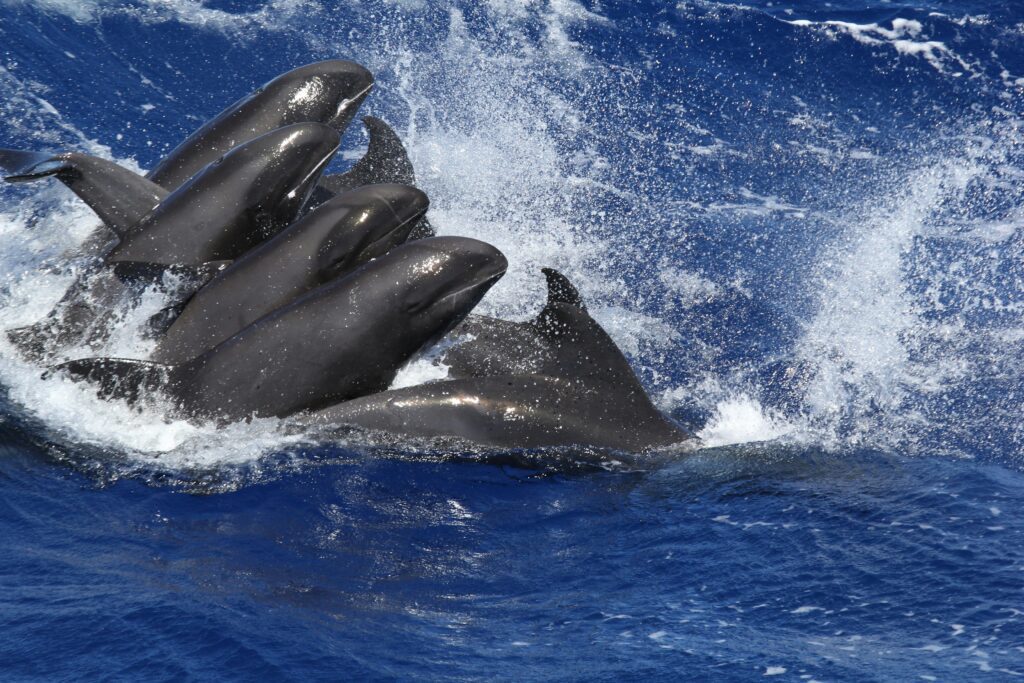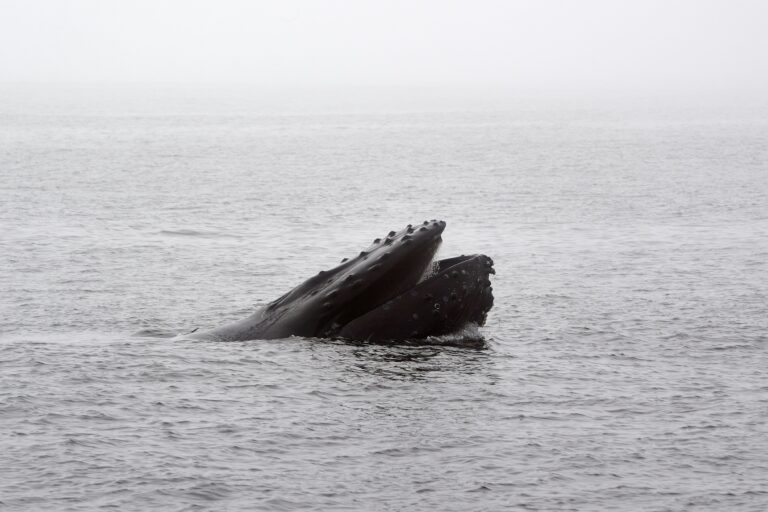Baleen whales, the gentle giants of the ocean, captivate us with their immense size and graceful movements. However, beyond their majestic appearance lies a remarkable feeding strategy that sets them apart from other marine mammals. Understanding the feeding habits of baleen whales is not only crucial for unraveling the mysteries of their evolutionary past but also for informing conservation efforts to protect these magnificent creatures. In this article, we delve into the fascinating world of baleen whale feeding, exploring their evolutionary origins, unique feeding mechanisms, and the ecological importance of their feeding habits.
Evolutionary origins of baleen
Early ancestors and baleen development
The evolutionary origins of baleen can be traced back to early ancestors of modern whales. Around 30 million years ago, these ancestors began to develop baleen-like structures in their mouths. These structures likely evolved from the teeth of their ancestors, gradually transforming into the flexible plates that characterize baleen today.
Transitional forms and adaptive radiation
During the transition from toothed whales to baleen whales, there were likely intermediate forms that possessed both teeth and baleen structures. This transitional phase allowed for the gradual adaptation to a filter-feeding lifestyle. As baleen whales diversified, they underwent adaptive radiation, with various species evolving specialized feeding mechanisms suited to different ecological niches.
Genetic and developmental insights
Recent genetic and developmental studies have shed light on the evolutionary pathways leading to the development of baleen. Genomic analyses have identified key genetic changes associated with the formation of baleen structures, including alterations in the expression of genes involved in tooth development. Additionally, studies on embryonic development have provided insights into the developmental processes underlying the formation of baleen plates.
Environmental pressures and selective advantages
The evolution of baleen was likely driven by changes in the marine environment, including shifts in prey availability and competition for resources. Filter feeding offered several advantages over tooth-based predation, such as the ability to exploit dense aggregations of small prey and the conservation of energy during feeding. These selective pressures favored the development and refinement of baleen structures among early whales.
Adaptations for filter feeding
Morphological adaptations
Baleen whales possess several morphological adaptations that enable efficient filter feeding. These include a large mouth opening, expanded throat pouches, and specialized baleen plates. The enlarged mouth allows whales to engulf large volumes of water containing prey, while throat pouches aid in the storage and manipulation of prey-laden water. Baleen plates act as a sieve, trapping prey while allowing water to pass through.
Behavioral strategies
In addition to anatomical adaptations, baleen whales exhibit behavioral strategies to optimize filter feeding. This includes cooperative feeding behaviors such as bubble-net feeding, where whales work together to corral prey into concentrated patches for easier feeding. Some species also exhibit vertical lunge feeding, where they dive beneath schools of prey and rapidly ascend with mouths open to engulf large quantities of water.
Sensory adaptations
Baleen whales rely on sensory adaptations to detect and locate prey within their environment. While visual cues may be limited in deep or murky waters, whales utilize other senses such as echolocation and passive acoustic sensing to locate prey. Echolocation allows whales to produce and interpret sound waves to detect objects and prey, while passive acoustic sensing enables them to detect the sounds produced by their prey.
Physiological adaptations
Filter feeding requires significant energy expenditure, and baleen whales have evolved physiological adaptations to support this feeding strategy. Their digestive systems are optimized for processing large volumes of prey-laden water, with specialized stomach chambers and efficient nutrient absorption mechanisms. Additionally, baleen whales have high metabolic rates to support their energetic demands during feeding and migration.
Anatomy of a baleen whale’s mouth
Baleen structure and placement
The mouth of a baleen whale is characterized by the presence of baleen plates, which are made of keratin – the same material found in human hair and nails. These plates are arranged in rows along the upper jaw, forming a flexible fringe that hangs down into the mouth cavity. The number and size of baleen plates vary among species, with some whales having hundreds of plates measuring several meters in length.
Mouth size and throat anatomy
Baleen whales have large mouths relative to their body size, allowing them to engulf massive volumes of water during feeding. The throat of a baleen whale is highly expandable, enabling it to accommodate the influx of water and prey without causing damage to the whale’s internal organs. This anatomical feature is essential for efficient filter feeding and the ingestion of large prey aggregates.
Structural adaptations for feeding
In addition to baleen plates, baleen whales possess other structural adaptations in their mouths to aid in feeding. These include grooves and ridges along the throat and tongue, which help guide water and prey into the mouth cavity while filtering out excess water. The presence of flexible tissues and muscles allows the mouth to undergo significant distention during feeding events, facilitating the intake of prey-laden water.
Functional aspects of baleen placement
The placement of baleen plates along the upper jaw is crucial for effective filter feeding. As water and prey enter the mouth cavity, the baleen fringe acts as a sieve, trapping prey while allowing water to pass through. The flexibility of the baleen plates allows them to bend and flex as water is expelled, ensuring efficient prey capture while minimizing energy expenditure.

Mechanism of filter feeding
Ingestion of prey-laden water
Baleen whales employ a feeding strategy known as filter feeding, where they consume large quantities of water containing prey and filter out the prey using their baleen plates. During feeding, the whale opens its mouth and swims forward, engulfing water and prey in the process. As the mouth closes, water is expelled through the baleen fringe, leaving behind trapped prey inside the mouth cavity.
Baleen plate function
The baleen plates act as a filter, capturing prey such as krill, small fish, and plankton while allowing water to pass through. The closely spaced plates form a barrier that prevents prey from escaping, trapping them inside the mouth for consumption. The comb-like structure of the baleen fringe maximizes the surface area available for prey capture, enhancing the efficiency of filter feeding.
Prey extraction and consumption
Once prey has been trapped in the mouth cavity, baleen whales use their tongues and throat muscles to remove the prey from the baleen plates. The tongue pushes the trapped prey towards the back of the mouth, where it can be swallowed whole or chewed into smaller pieces for digestion. This process allows baleen whales to extract nutrients from the prey while expelling excess water before swallowing.



